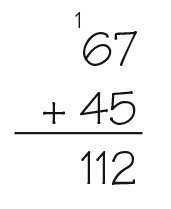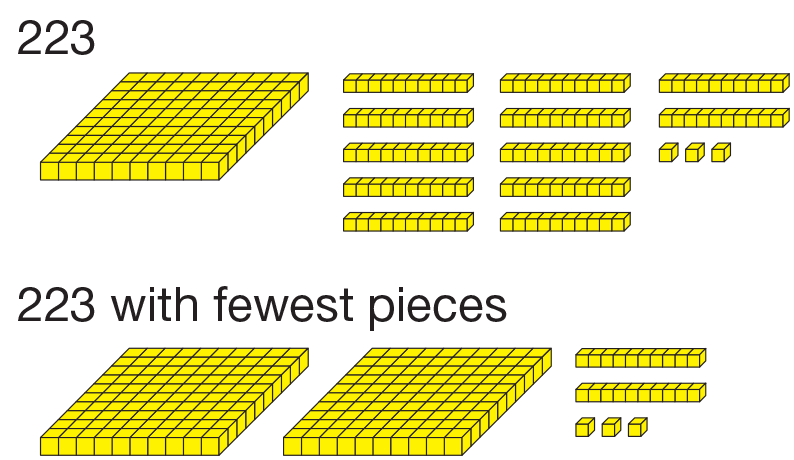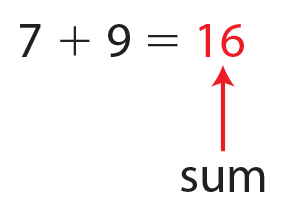Students make connections between a variety of mental math and
paper-and-pencil strategies as they
solve two-digit and three-digit addition problems. They practice using the expanded-form and all-partials methods,
and are introduced to the compact method.
Content in this Lesson
- Using and applying place value concepts to make connections among representation of numbers [E1].
- Representing addition problems using base-ten pieces, number lines, and number sentences [E2].
- Adding two-digit and three-digit numbers using mental math strategies (e.g., composing and decomposing numbers and counting on) using the 200 Chart, base-ten pieces, and number lines [E3].
- Adding two-digit and three-digit numbers using paper-and-pencil methods (e.g., expanded form, all-partials, and compact) [E4].
- Estimating sums using mental math strategies (e.g., rounding using benchmarks, using friendly numbers, composing and decomposing numbers, counting on) [E6].
- Choosing good tools and efficient strategies for solving a problem [MPE2].
- Checking for reasonableness [MPE3].
- Communicating problem strategies to others [MPE5].
Daily Practice and Problems S–V
Assessment in this Lesson
| ASSESSMENT | EXPECTATION ASSESSED | MATH PRACTICES EXPECTATION ASSESSED |
|---|---|---|
|
Add Larger Numbers with Feedback Box Student Activity Book Pages 353–355 |
|
|
|
DPP Item S Fact Families Practice: Group E Teacher Guide - digital |
|




















